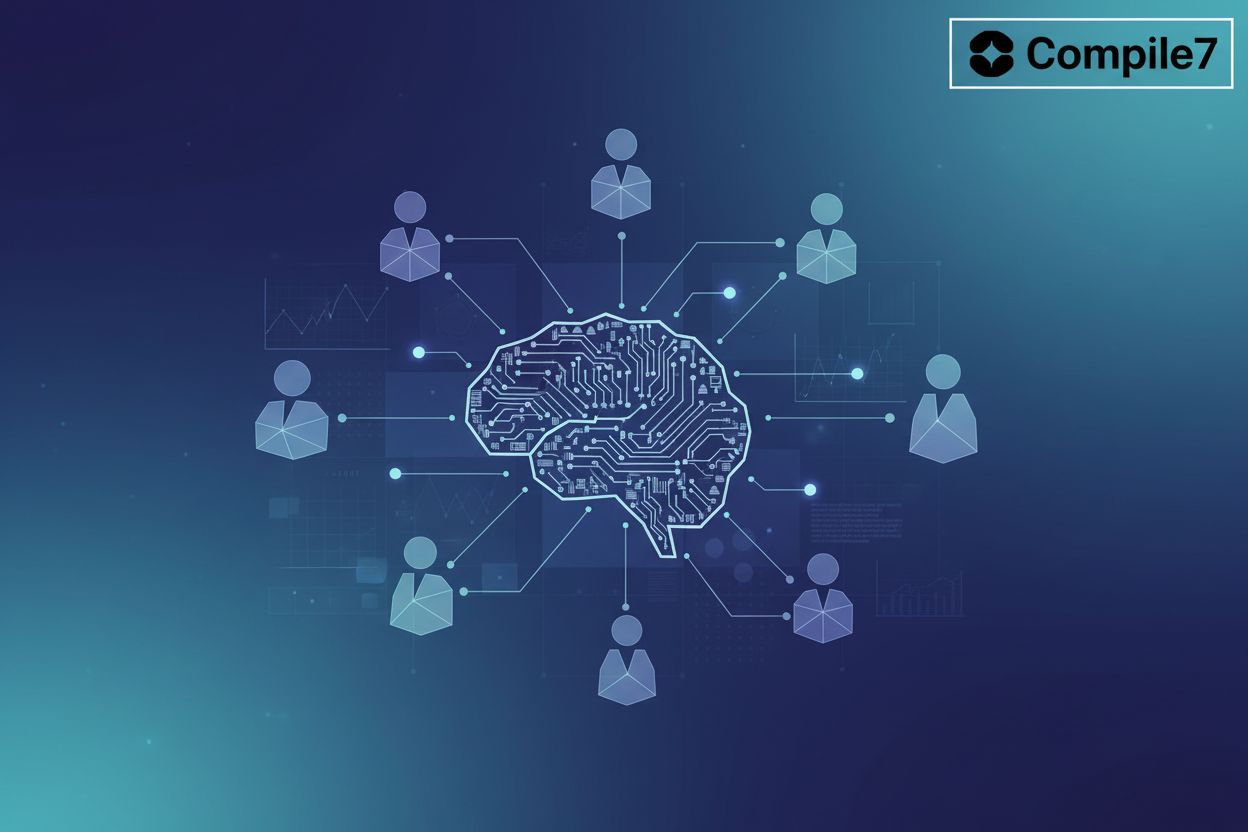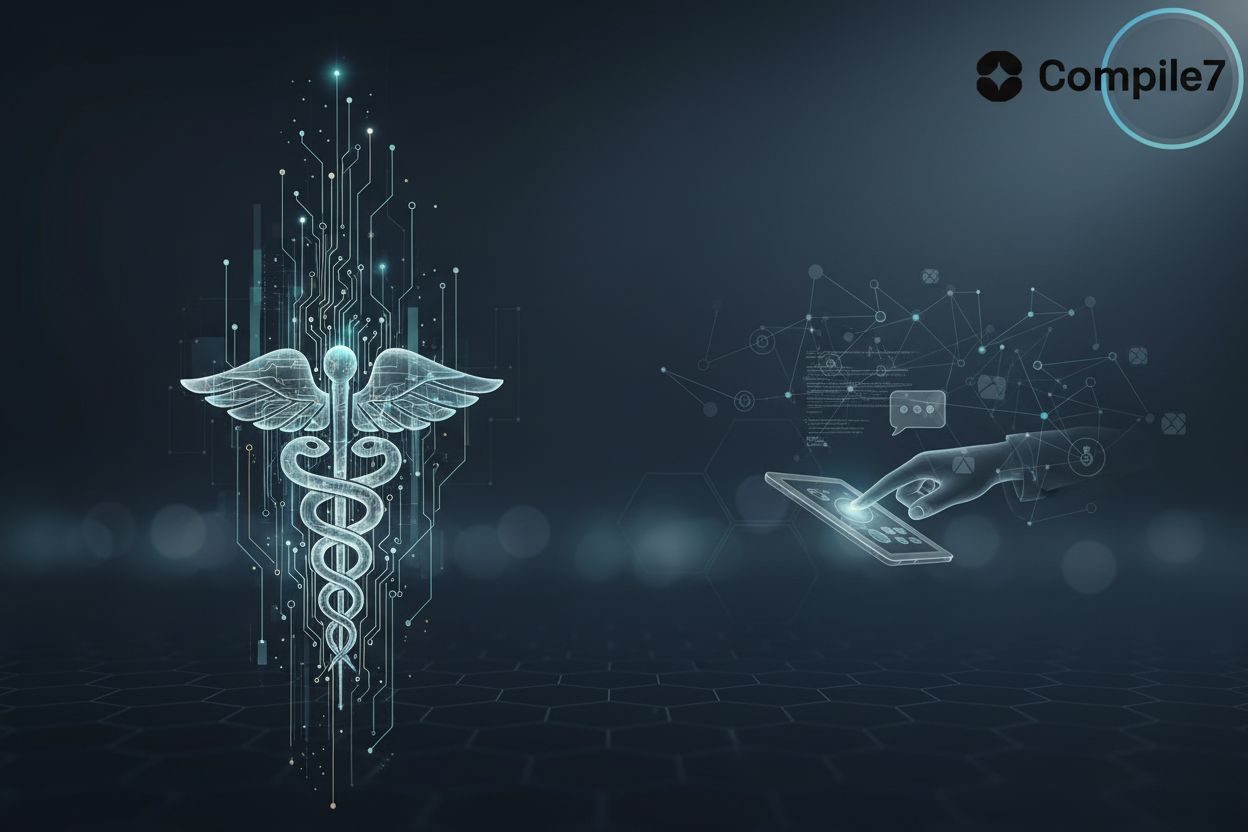AI Agent Orchestration and Multi-Agent System Architectures.
TL;DR
Understanding AI Agents and Multi-Agent Systems
Alright, so you're probably wondering what exactly is an ai agent? And why should I care about something called a multi-agent system?
Well, ai agents are basically autonomous entities; that can perceive their environment, make decisions, and take actions. (What Are AI Agents? | IBM) Think of them as lil' robots, but, you know, software.
- Autonomy is key. They can operate without constant human intervention.
- Reactivity means they respond to changes in their environment.
- Pro-activeness allows them to take initiative and pursue goals.
- Social ability enables them to interact with other agents and, sometimes, people. For instance, imagine a customer service ai that not only answers questions but also proactively offers solutions based on customer behavior, or a data analysis ai that automatically identifies trends and anomalies in financial data.
But, sometimes, one agent isn't enough, right? That's where multi-agent systems (mas) come in. A mas is a system with multiple ai agents that interacts with one another to achieve a goal.
- They bring increased efficiency; because each ai agent has their own specialty, so they can work together to complete complex tasks.
- Mas are robust because if one ai agent fails, the others can still complete the objective.
- Mas are scalable; you can add or remove ai agents as needed.
Think of a healthcare system where one ai agent schedules appointments, another monitors patient data, and a third manages billing. It's all about teamwork! This section has introduced the core concepts of AI agents and MAS, setting the stage for how these systems are structured and orchestrated.
AI Agent Orchestration: The Key to Effective MAS
Okay, so you've got all these ai agents, but how do you get them to actually work together? That's where ai agent orchestration comes in – it's kinda like conducting an orchestra, but with software.
Basically, ai agent orchestration is how you coordinate multiple specialized ai agents within a single system to hit shared goals. Think of it as making sure everyone's on the same page and playing the right notes.
- The orchestrator is a key player. It juggles interactions, assigns tasks, and makes sure everyone's collaborating smoothly. It's all about getting the right agent to do the right thing at the right time, according to ibm. It might do this through mechanisms like message queues, APIs, or by managing a shared state.
- Without orchestration, things can get messy fast. It's crucial for complex workflows because it optimizes how resources are used, minimizes errors, and makes sure everything plays nice together.
For example, in customer service, you wouldn't want the billing agent handling a technical support issue, right? The orchestrator makes sure the customer gets to the right agent.
Well, effective orchestration brings a bunch of benefits to the table, including:
- Enhanced Efficiency: Streamlining workflows and cutting out the redundancies. That's a win-win, because, according to ibm, it boosts operational performance.
- Better Decisions: You'll get more accurate and context-aware results.
- Increased reliability: Mitigating the risk of individual agent failures.
- Scalability: Handling more demand without slowing down.
Multi-Agent System Architectures: Patterns and Frameworks
Multi-Agent System Architectures are like blueprints for how ai agents team up, it's all about building systems where multiple agents collaborate, coordinate, and communicate to tackle those complex goals.
So, there's a few ways to orchestrate these ai agents. It's not always a one-size-fits-all kinda thing, you know?
- Centralized orchestration: A single "brain" directs all other agents, assigning tasks and making decisions. It's consistent, but what happens if that "brain" goes down?
- Decentralized orchestration: Agents communicate directly, making the system more resilient. Imagine a swarm of drones coordinating without a leader.
- Hierarchical orchestration: Agents are arranged in layers; higher-ups manage the lower-level agents. It balances control and autonomy, but if the hierarchy gets too rigid, adaptability can suffer.
Consider a customer support system. In centralized orchestration, one ai agent triages all incoming requests and directs them to specialized agents like billing or tech support. In decentralized orchestration, each agent can communicate directly with others to resolve issues.
Popular MAS Frameworks
Building these complex multi-agent systems can be a lot easier with the right tools. Here are some popular frameworks that help you get started:
- LangChain: A widely used framework for developing applications powered by language models. It provides modules for chaining together different components, including agents, to create sophisticated workflows. You can define agents that can use tools and decide which actions to take.
- AutoGen: Developed by Microsoft, AutoGen is a framework that simplifies the orchestration of multiple agents. It allows agents to communicate with each other and perform tasks collaboratively, often through conversational interactions. It's great for creating agents that can code, debug, and more.
- CrewAI: This framework focuses on enabling agents to work together in "crews" to accomplish complex tasks. It emphasizes role-playing and task delegation, making it intuitive to set up collaborative workflows where agents have specific responsibilities.
Challenges and Solutions in AI Agent Orchestration
So, you're looking at challenges, huh? It ain't all sunshine and rainbows, but there's solutions!
- Dependencies can cause widespread failures; robust testing is needed. This means thoroughly testing how agents interact and ensuring that if one agent has an issue, it doesn't bring down the whole system. Think of it like testing all the connections in a complex machine before you turn it on.
- Coordination needs clear protocols to avoid conflicts. Establishing clear rules and communication channels for agents is vital. For example, defining who has priority when multiple agents need to access the same resource, or how they should signal when they've completed a task.
- Scalability requires decentralized systems to handle more work. When your system needs to grow, a decentralized approach allows agents to be added or removed more easily without overloading a central point. This is like adding more cashiers to a busy store instead of just one super-fast one.
- Fault tolerance is needed, so make sure you include redundancy. This means designing your system so that if one agent fails, another can step in to take its place. Having backup agents ready to go is key here.
- Implement strong encryption and access controls for data privacy and security. This is pretty straightforward – protect sensitive information by making sure only authorized agents can access it and that the data is scrambled when it's not in use.
Alright, let's see how to make this work in practice.






